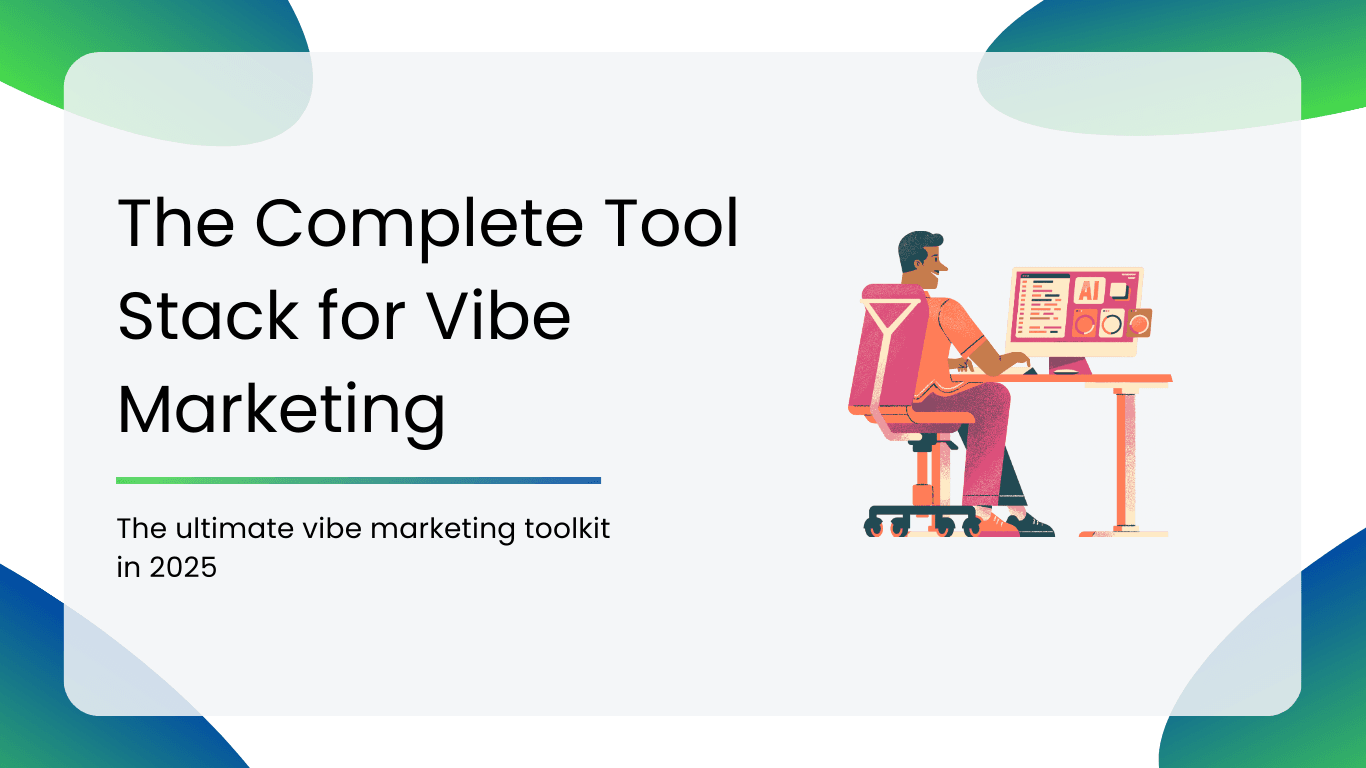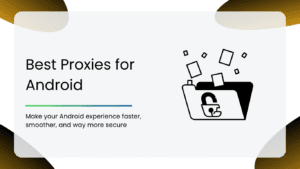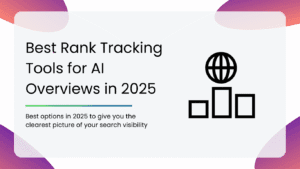As audiences get harder to impress and attention spans keep shrinking, brands are realizing that it’s not about selling products anymore; it’s about selling a feeling. But capturing and sustaining those vibes isn’t easy.
To really make an impact, you need the right mix of tools; from creative design platforms to real-time analytics, from AI-driven trend tracking to community management systems. Together, this stack becomes your secret for building campaigns that don’t just reach people but resonate with them.
So, what exactly goes into the ultimate vibe marketing toolkit in 2025? Let’s break it down.
What is Vibe Marketing
Vibe marketing is the curated mix of storytelling, design, community, and culture that makes your brand feel alive. Instead of hard selling, it leans into mood, energy, and relatability. Whether it’s a Spotify playlist that perfectly matches your brand’s personality, a TikTok trend you ride at the right moment, or an immersive digital event that gets people talking, Vibe marketing is about building connections that last longer than a single click.
Why You Need a Dedicated Tool Stack
So, vibe isn’t about blindly chasing trends or hoping a meme goes viral. Real vibe marketing in 2025 is powered by a mix of data, instinct, and the right tools.
Without the right stack, you’re left juggling random platforms, slowing down your experiments, and missing cultural moments that move fast. With it, you can:
- Experiment at Speed: Test, tweak, and launch campaigns in days.
- Stay Culturally Aligned: Track what audiences are talking about in real-time and shape your messaging to match the moment.
- Build Content Agility: Seamlessly move from ideation to design to publishing, without wasting hours on clunky workflows.
List of Complete Tool Stack for Vibe Marketing
| Table of Contents |
| Research & Trend Discovery |
| 1. Firecrawl |
| 2. Exa |
| 3. Perplexity |
| 4. DataforSEO |
| Browser-Based Workflows |
| 1. Browserbase |
| 2. Playwright MCP |
| 3. Genspark |
| 4. Manus |
| Automation |
| 1. Zapier |
| 2. n8n |
| 3. Manychat |
| 4. Lindy |
| 5. Gumloop |
| Content Creation |
| 1. Bannerbear |
| 2. GenViral |
| 3. Arcads |
| Design |
| 1. Aurachat |
| 2. Stitch |
| Building & Development |
| 1. Claude Code |
| 2. Gemini CLI |
| 3. Replit |
| 4. Lovable |
| 5. Supabase |
| 6. Vercel |
| 7. Cursor |
| Other Notable Mentions |
| 1. Resend.com |
| 2. String.com |
| 3. Reel Farm |
| 4. Post Bridge |
The Complete Tool Stack for Vibe Marketing
Research & Trend Discovery
Before you create the vibe, you need to understand the vibe. That means knowing what your audience is talking about, what cultural signals are bubbling up, and how competitors are positioning themselves.
1. Firecrawl
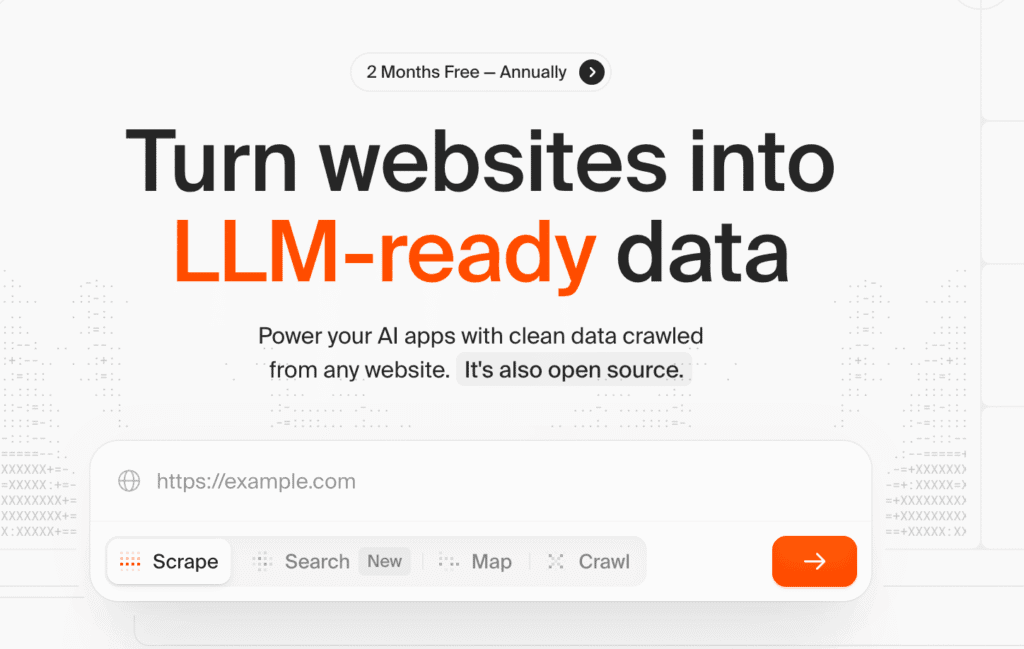
Instead of spending hours scrolling through endless feeds or copy-pasting snippets from the web, Firecrawl does all the work. It scrapes the internet and turns all that messy, unstructured content into clean, organized insights you can actually use.
Spotting trends early means you can ride the wave while it’s still fresh, not when the internet has already moved on. With Firecrawl, you can pick up on emerging conversations, understand how audiences are reacting, and shape your content before the vibe gets old.
2. Exa
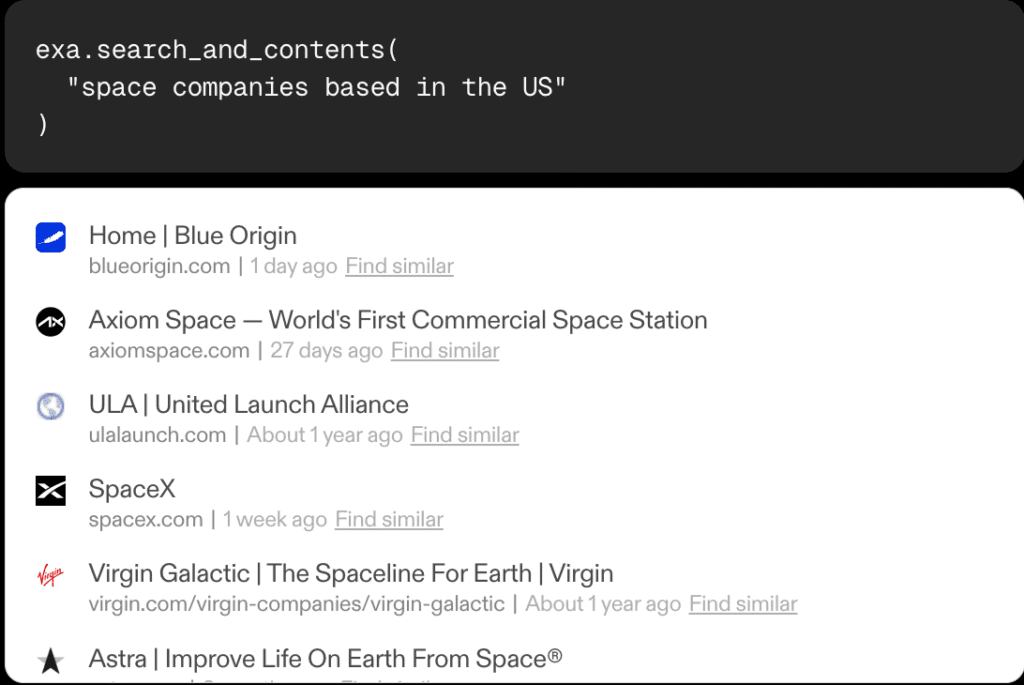
Instead of surfacing the same mainstream links everyone else is seeing, Exa helps you find the hard-to-discover content and sources like niche blogs, fresh research papers, and the under-the-radar conversations that haven’t yet hit the mainstream.
For vibe marketing, that’s gold. Because the vibe often starts underground, in the corners of the internet where culture is born. Exa helps you tap into those spaces, uncover unique insights, and build campaigns that feel original.
3. Perplexity

Perplexity takes cultural research to the next level with an AI-powered search that always cites its sources. Instead of sifting through generic search results, you get direct, contextual answers backed by reliable references.
For vibe marketers, this means no more guesswork. Whether you’re trying to understand how Gen Z feels about sustainability, what’s trending in the K-pop fandoms, or which platforms are driving micro-community growth, Perplexity helps you dig deeper with confidence.
4. DataforSEO
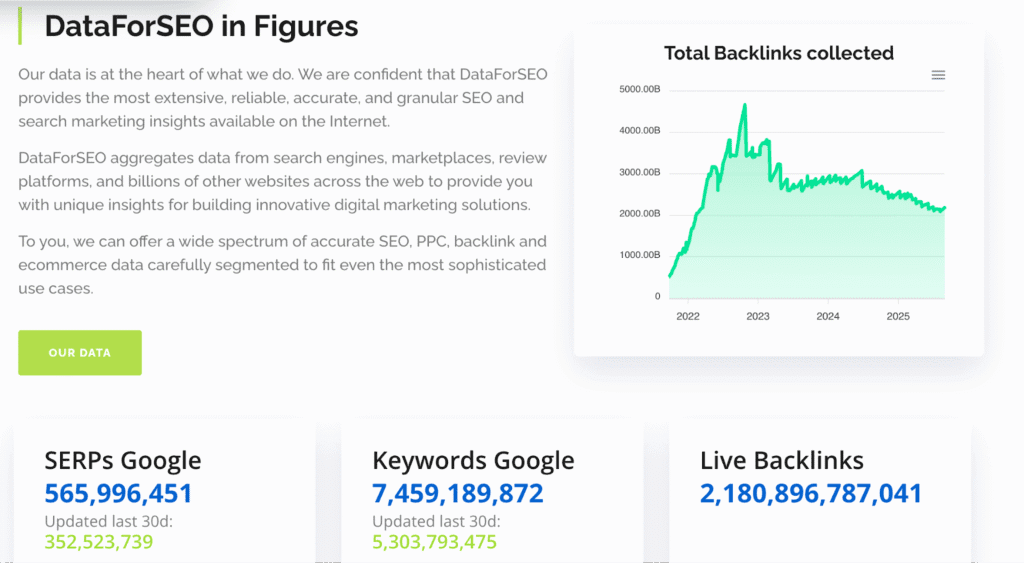
DataforSEO is where the vibes meet hard numbers. While cultural signals are crucial, understanding what people are actually searching for is just as important. This tool gives you deep keyword and search demand analysis, so you can validate whether a trend is just noise or truly gaining traction.
DataSEO bridges instinct with data. Imagine spotting a micro-trend on Firecrawl or Exa, with DataforSEO, you can instantly check if search interest is rising, where it’s peaking geographically, and how competitive the space is. That means fewer wasted bets and more campaigns that actually convert curiosity into clicks.
Browser-Based Workflows
Once you’ve discovered the vibe, the next challenge is execution, and much of it happens inside the browser. From competitive research to campaign testing, vibe marketers spend hours juggling tabs, tools, and dashboards. Browser-based workflow tools make this smoother, faster, and scalable.
1. Browserbase

You can automate checks on how your campaigns look across multiple platforms, or set up an AI agent to scan competitors’ landing pages and summarize their messaging. Instead of spending hours clicking and scrolling, Browserbase simplifies the process while you focus on creative strategy.
Browserbase powers web browsing for AI agents and automated tasks, meaning you can run large-scale investigations, test websites, or scrape data, without manually clicking through every page.
2. Playwright MCP

Built by Microsoft, Playwright MCP allows you to automate web interactions and scrape content at scale, making repetitive browsing tasks almost instant.
That means faster trend discovery and smoother campaign management. Instead of manually checking dozens of websites, product pages, pr community forums, Playwright MCP can be scripted to do it all for you automatically. It’s especially powerful for gathering unstructured cultural signals, running A/B landing page tests, or even pulling creative inspiration from how brands across the globe are positioning themselves.
3. Genspark
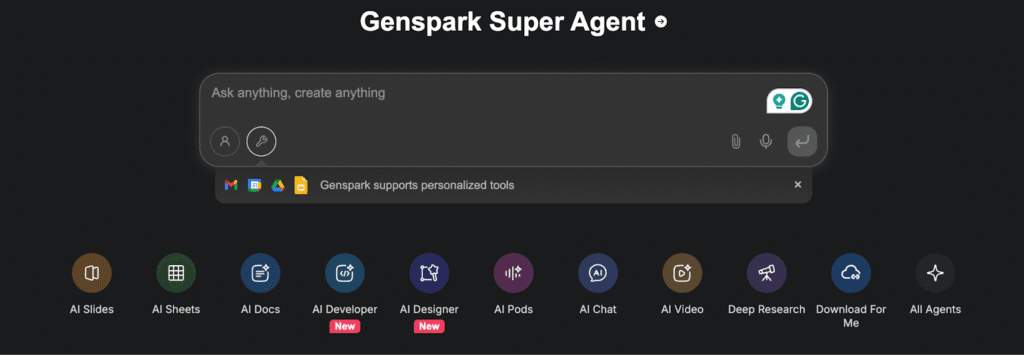
Genspark is designed to make data extraction and AI-powered research effortless. Instead of manually pulling information from dozens of websites or juggling clunky scrapers, Genspark automates the process and structures the data in a way that’s ready to use.
You can get quick insights on how different brands are messaging around a trend, or gathering product data for competitor analysis. This lets you scale research that would normally take hours into something you can accomplish in minutes.
4. Manus
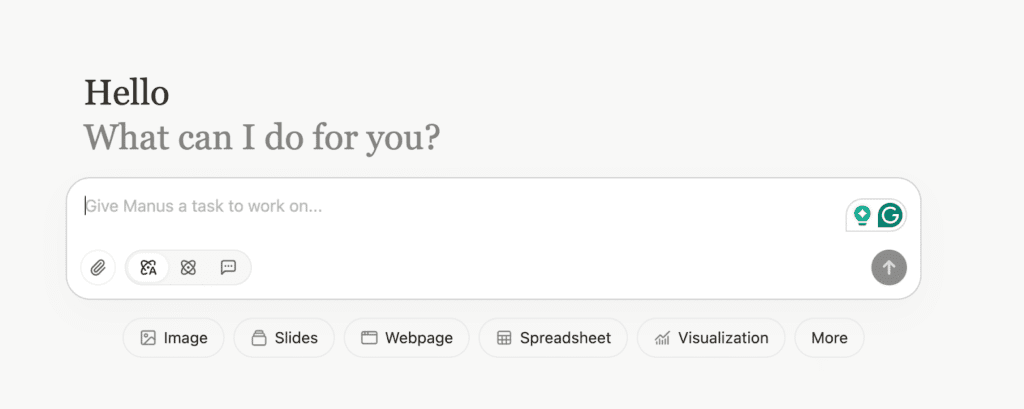
Manus brings AI-assisted copywriting directly into your workflow. Instead of bouncing between separate writing apps and your browser, Manus streamlines the process by offering real-time content suggestions while you work.
For vibe marketers, this means faster iteration when creating captions, ad copy, or landing page text. Whether you’re A/B testing taglines, adapting tone for different audiences, or just trying to avoid creative block, Manus acts like a built-in writing partner that keeps ideas flowing.
Automation
Vibes move fast, and so should your workflows. The reality is, vibe marketing isn’t just about sparking creative ideas; it’s about making sure those ideas scale without drowning you in repetitive tasks. That’s where automation tools come in: they connect your stack, save you time, and keep campaigns flowing seamlessly.
1. Zapier
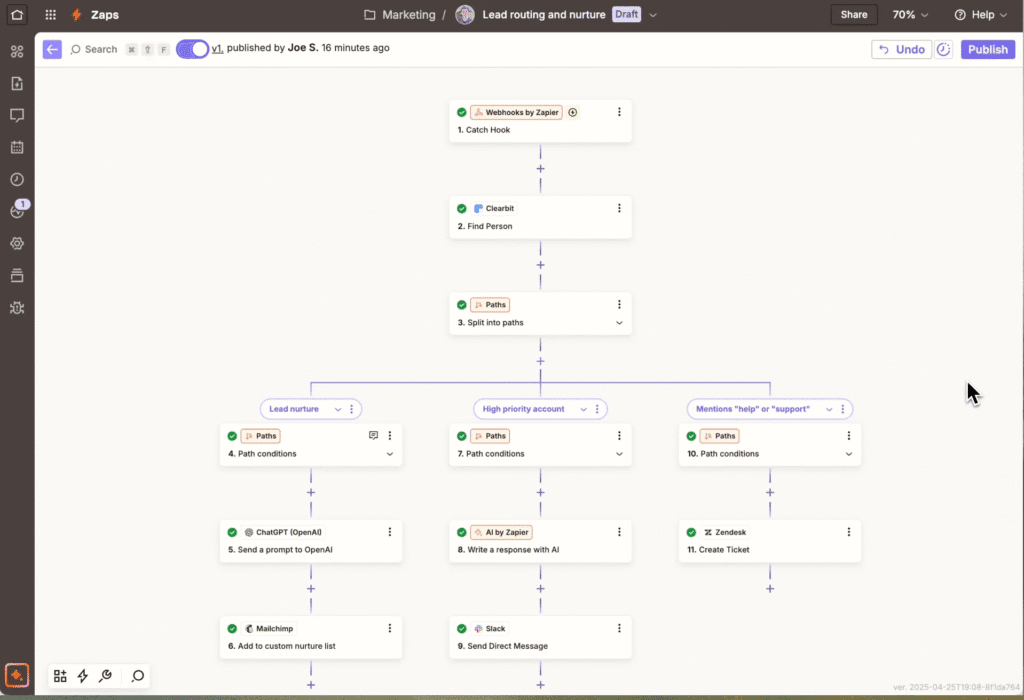
Zapier is the go-to automation platform for non-technical marketers. With its drag-and-drop simplicity, you can connect thousands of apps and set up workflows without writing a single line of code.
This means turning daily, manual work into automated flows: syncing leads from campaigns into your CRM, sending Slack alerts when a trend spikes, or automatically posting curated content across platforms. Zapier handles the boring parts so you can stay focused on the creative and strategic side of things.
2. n8n
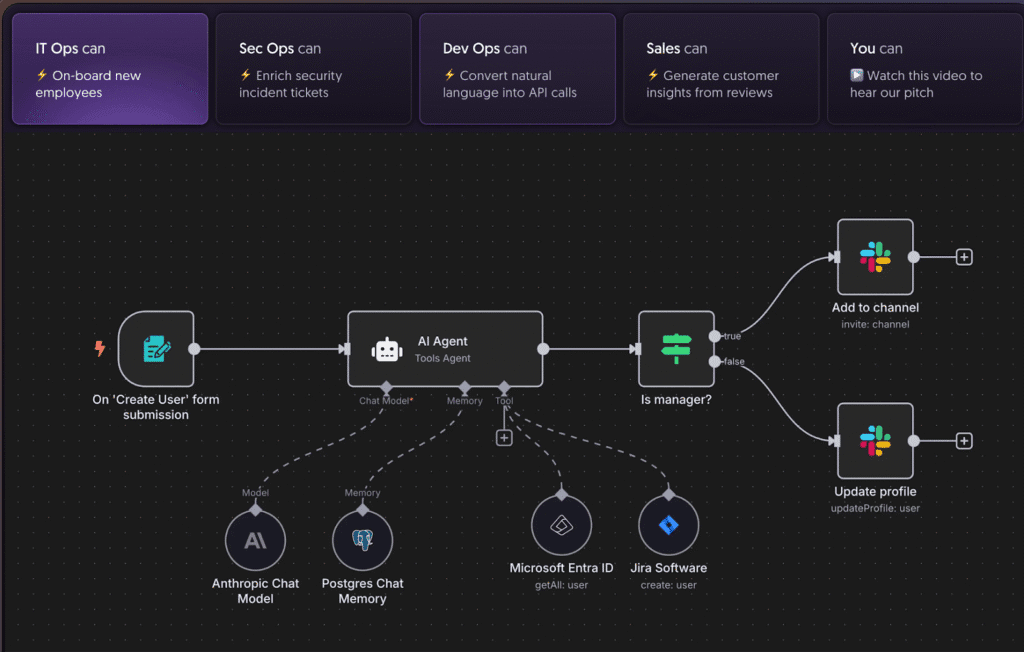
n8n is the flexible, self-hosted alternative to Zapier. It is perfect for marketers who want more control over their automations. Unlike plug-and-play tools, n8n is built for power users who need advanced workflows, custom integrations, and the ability to run everything on their own servers.
This gives two big advantages of freedom and flexibility. You’re not locked into third-party limitations or pricing tiers. Additionally, you can design complex, multi-step workflows that connect deeply with your brand’s system.
3. Manychat
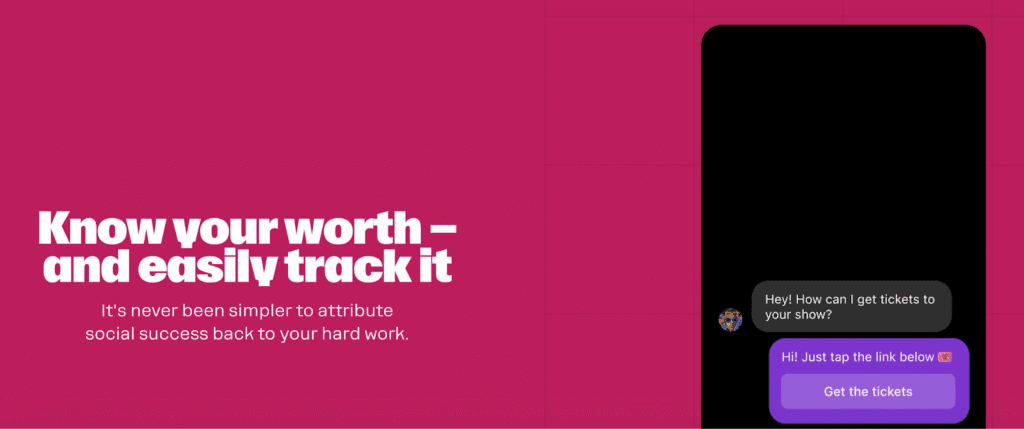
Manychat specializes in short-form automation for Instagram and Facebook, helping marketers engage audiences instantly. Instead of manually replying to every DM, comment, or story reaction, Manychat automates the first touch, sending quick replies, guiding users through funnels, or even delivering lead magnets right inside the chat.
Manychat ensures your audience gets an immediate, personalized interaction, keeping the energy alive and making your brand feel present, even when your team is offline.
4. Lindy
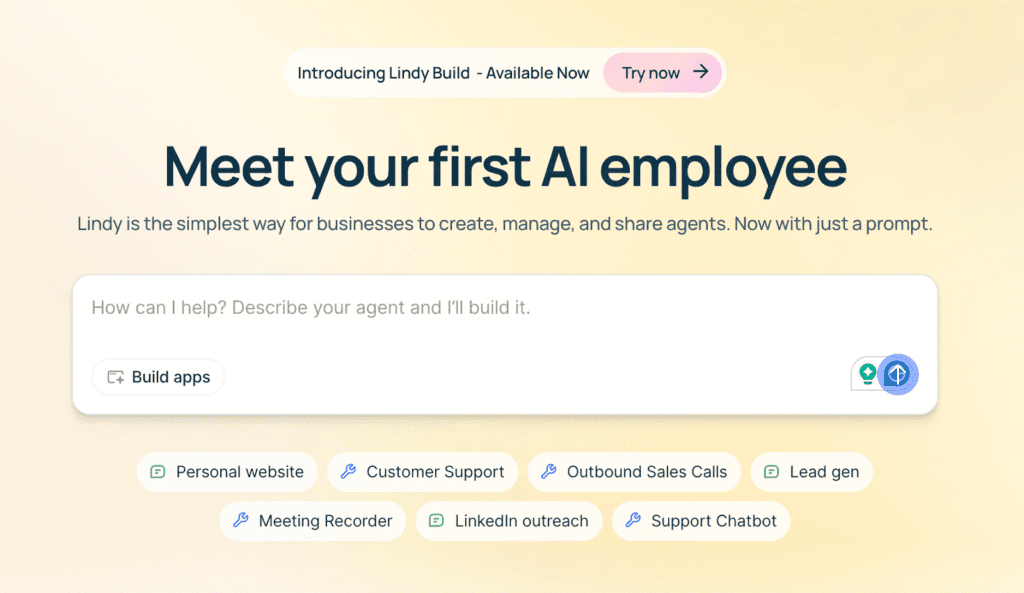
Lindy takes automation beyond tasks and into content posting and personalized outreach. Instead of juggling multiple social dashboards or manually scheduling posts, Lindy automates distribution across platforms while layering in smart personalization for your audience.
Imagine dropping a campaign across Instagram, LinkedIn, and X simultaneously, while Lindy ensures your messaging feels tailored to each platform. On top of that, it can handle personalized outreach at scale, helping you connect with influencers, creators, or micro-communities without sounding robotic.
5. Gumloop
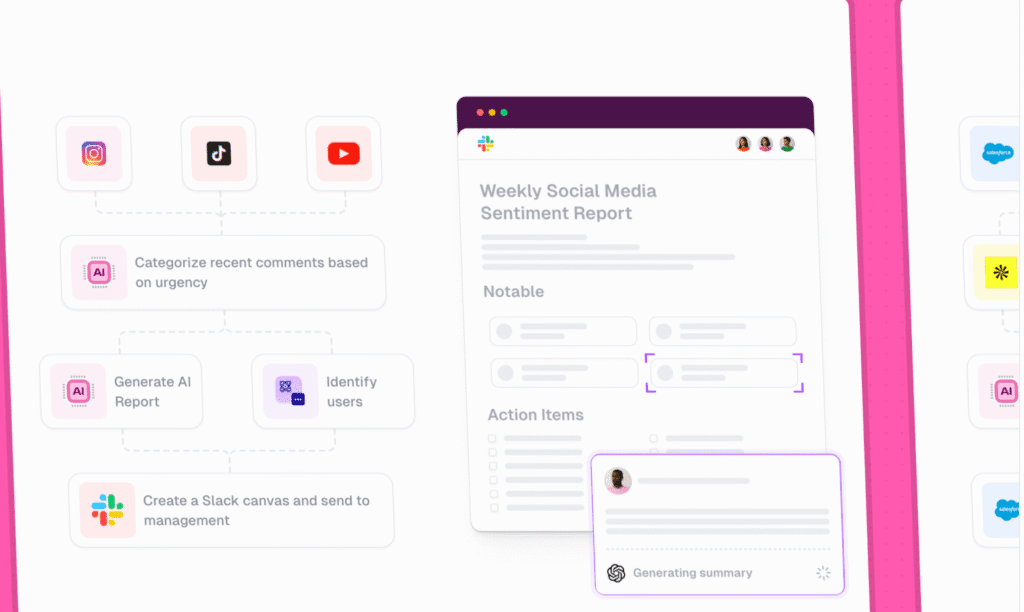
Gumloop focuses on a critical but often neglected part of marketing: follow-ups and lead nurturing.
Think of it as the automation layer that ensures your connections don’t slip through the cracks. Whether it’s responding to inquiries, scheduling reminders, or drip-feeding content to prospects, Gumloop keeps the conversation alive without requiring you to manually chase every lead. This means your brand stays top-of-mind with audiences in a natural, non-pushy way.
Content Creation
This is where the vibe actually happens. Content creation in 2025 is about speed, format fluency, and authentic resonance. You need tools that help you ideate viral hooks, generate UGC-style assets, automate variations for different platforms, and repurpose permutations. The right stack lets you move from concept to prototype to publish in minutes.
1. Bannerbear
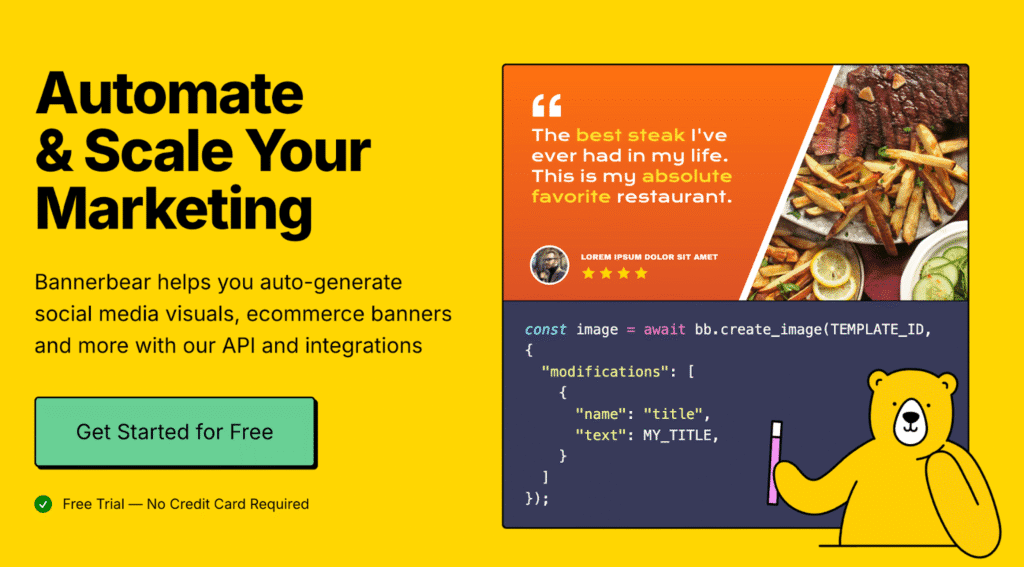
Bannerbear takes the boring work out of designing repetitive assets by automating image and video creatives.
Instead of manually creating variations of posts, thumbnails, or stories, you can set up templates and let Bannerbear auto-generate branded visuals at scale. Perfect for when you’re running multiple campaigns or experimenting with content formats without draining your design bandwidth.
2. GenViral
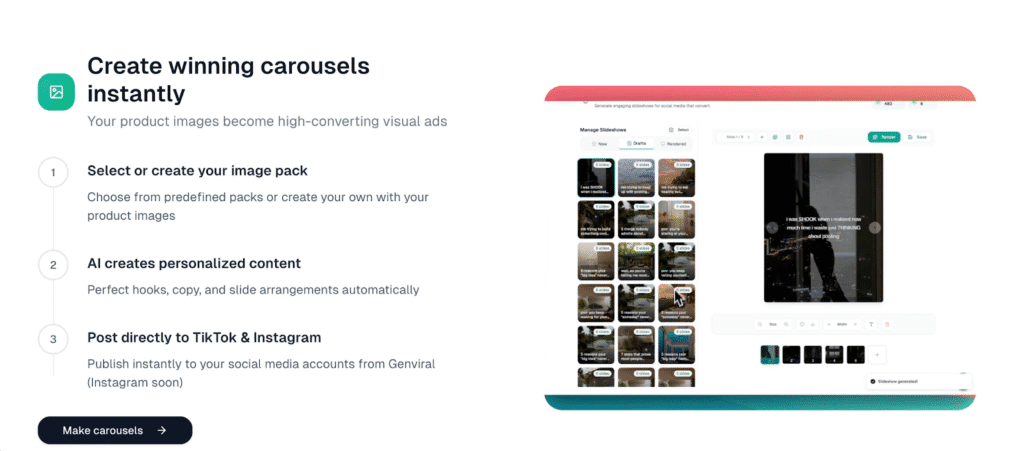
GenViral is built to spark virality. It generates content ideas and ready-to-use assets optimized for short-form, high-engagement platforms.
Just plug in a topic or niche, and GenViral spins out meme-like formats, hooks, and templates designed to catch attention fast. Instead of staring at a blank page or screen, you’re instantly equipped with viral-style starters to remix into your brand voice.
3. Arcads

Arcads focuses on UGC-style AI ad creation. It mimics the authentic, lo-fi look of influencer videos and testimonials that perform best on TikTok, Instagram Reels, and Shorts.
Instead of polished, high-budget ads that feel too branded, Arcads generates ads that look like they came from real users. They are casual, relatable, and trust-building. You can script the flow, pick personas, and let AI handle the voice, tone, and visuals, giving you scroll-stopping UGC at scale.
Design
Design is the visual voice of your vibe. In practise, that means systems over single assets: reusable components, brand tokens, rapid iterations, and frictionless collaboration between designers and marketers. Design tools in this stack should let you prototype, co-create and scale visual language.
1. Aurachat

Aurachat is an AI-powered brand design and creative iteration tool that helps teams rapidly generate brand identities, assets, and variations.
Aurachat lets you ideate logos, brand palettes, social media creatives, and ad concepts in minutes. The platform emphasizes fast iteration. You can refine styles, test multiple directions, and evolve creative concepts until they match your brand’s vibe. It’s a tool that balances structure (consistency in branding) with freedom (quick experimentation across campaigns).
2. Stitch
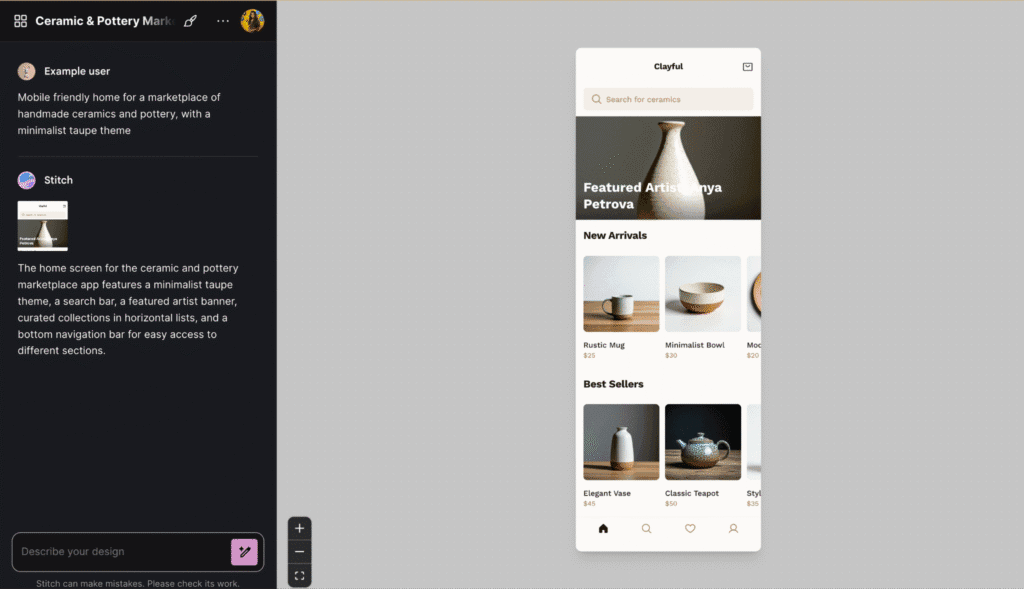
Stitch is Google’s collaborative design and content creation platform built to streamline team-based creative workflows.
It focuses on making dynamic content at scale, helping marketing teams co-create assets, adapt them for multiple channels, and maintain brand consistency across campaigns. With Stitch, you can easily personalize visuals, experiment with variations, and collaborate in real time, reducing the friction between designers, copywriters, and marketers.
Building & Development
This layer turns vibe into living experiences: campaign microsites, interactive widgets, personalized funnels, and data-driven features. Your priorities here are speed-to-prototype, reliable hosting, clean backends, and easy integrations with analytics and audience systems.
1. Claude Code
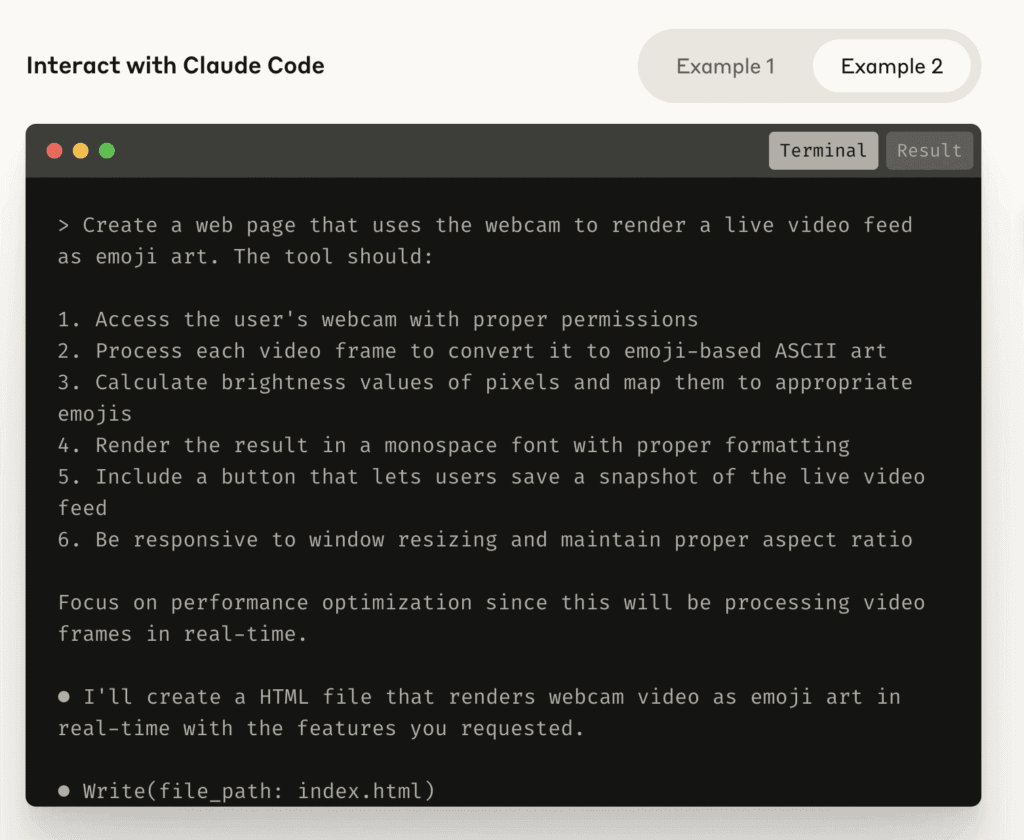
Claude Code is Anthropic’s AI coding assistant designed to help developers and marketers alike build faster. Claude Code bridges the gap between big creative ideas and real-world execution, letting you ship experiments quickly and keep the momentum alive.
Claude Code helps you prototype marketing tools, automate workflows, and customize campaign tech without getting stuck. From generating landing pages to debugging scripts that power lead funnels, it acts like a pair programmer for marketing campaigns.
2. Gemini CLI
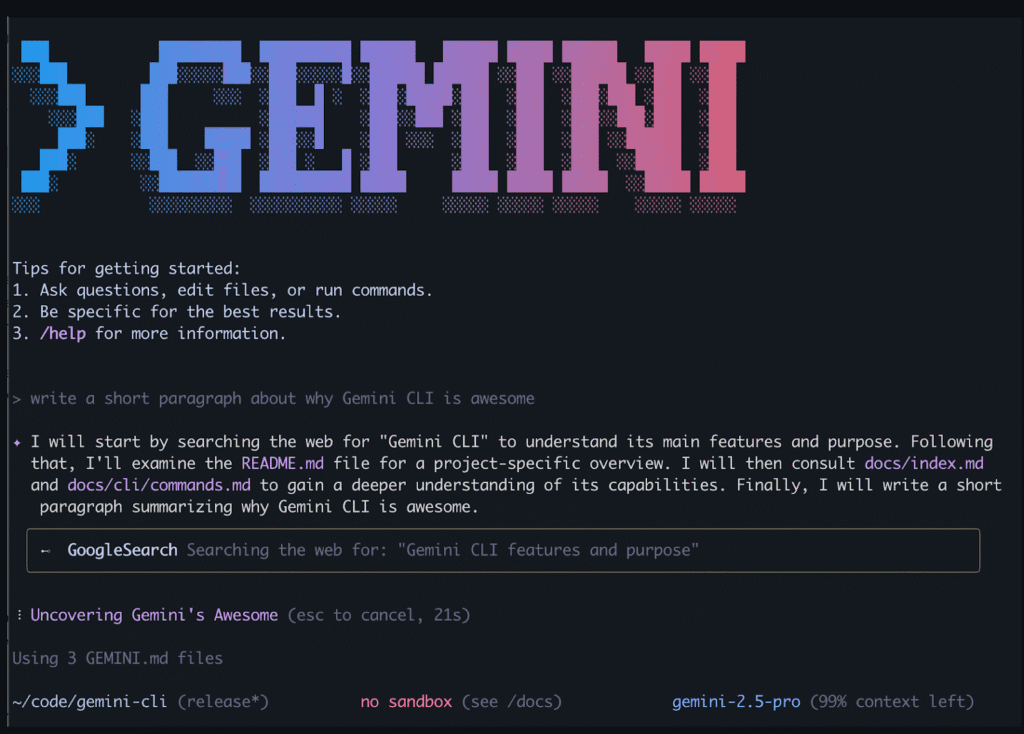
Gemini CLI is Google’s command-line interface powered by Gemini AI that helps streamline content creation and development workflows.
With Gemini CLI, you can generate, test, and optimize code directly from your terminal, making it easier to build custom marketing tools, manage integrations, or automate repetitive campaign tasks. It’s like having an AI co-developer always on standby, ready to handle both technical tweaks and creative workflows.
3. Replit
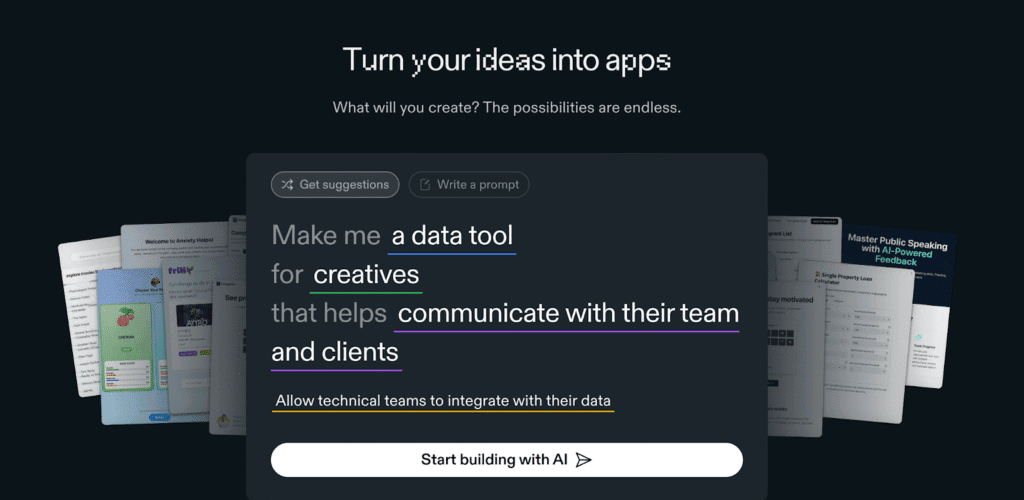
Replit is an AI-powered coding and prototyping platform that makes it easy to build, test, and deploy interactive features for marketing websites. It reduces the dependency on heavy engineering resources.
Replit enables marketers and developers to collaborate in real time, spin up prototypes instantly, and experiment with ideas without complex setup. Whether it’s creating interactive landing pages, campaign-specific microsites, or embedding dynamic widgets, Replit streamlines the process.
4. Lovable
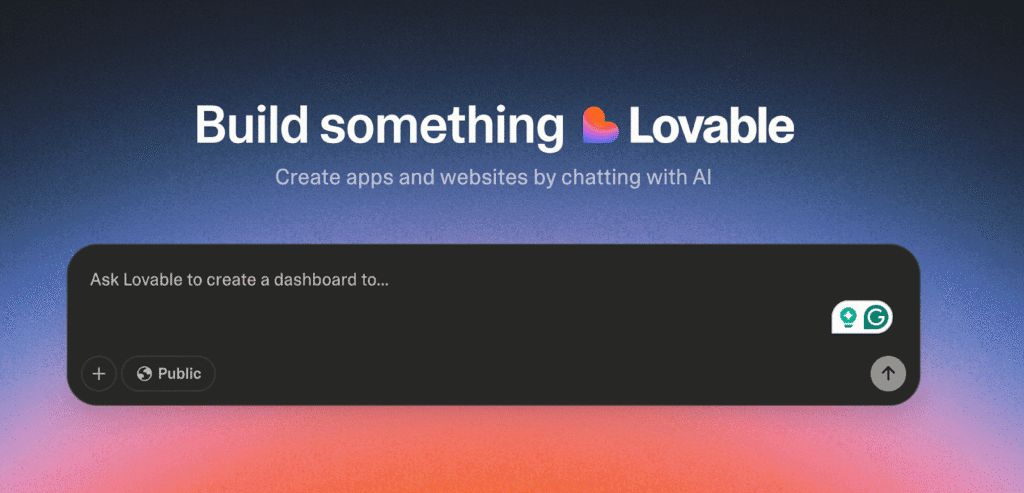
Lovable is an AI-powered website builder designed for creating brand-first, interactive websites. This means less reliance on developers, the ability to test and iterate quickly, and websites that look polished while staying true to the brand.
Unlike generic site builders, Lovable emphasizes design that reflects your brand identity, while still offering powerful interactive and engaging features to keep audiences hooked. With a mix of automation and customization, it helps teams launch marketing sites, landing pages, and campaign hubs faster and more effectively.
5. Supabase
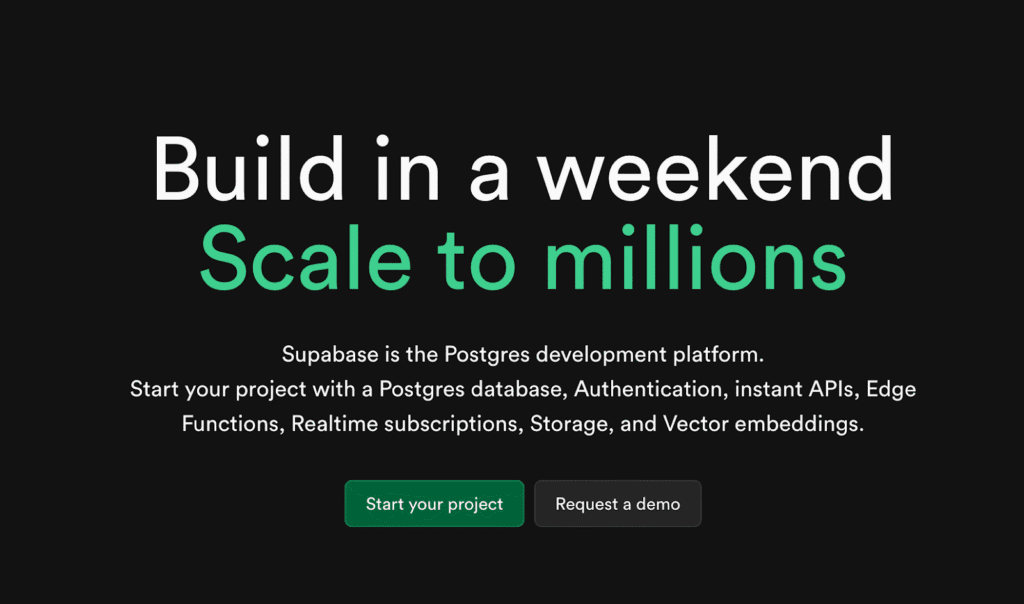
Supabase is an open-source backend-as-a-service platform, often described as the “Firebase alternative.” It’s useful for building the infrastructure behind campaigns, like setting up audience databases, content management systems, or analytics dashboards, without needing an engineer.
It comes with features like Postgres databases, authentication, APIs, and real-time updates, making it easy to manage customer data and campaign assets securely. Supabase helps marketers and developers rapidly prototype and scale marketing tools, while keeping everything customizable and brand-aligned.
6. Vercel

Vercel is a front-end cloud platform designed for hosting modern, high-performance websites and web apps. For marketers, it’s a go-to tool for vibe-centric campaign sites, landing pages, and interactive brand experiences.
Its seamless integration with frameworks like Next.js, React, and others makes it easy to collaborate with developers while keeping brand storytelling polished and responsive. Perfect for launching marketing sites that need speed, scalability, and flair.
7. Cursor
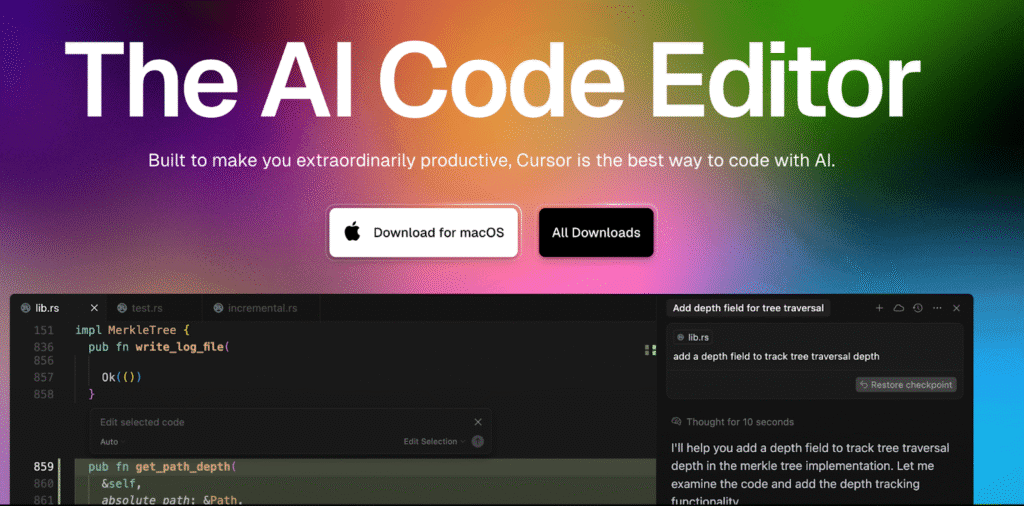
Cursor is built on VS Code but infused with powerful AI features like autocomplete, smart code rewrites, codebase indexing, and natural-language commands. Cursor turns development from a bottleneck into a creative enabler. You can fast-track campaign tech, build tools on demand, or prototype ideas.
Need to spin up tools, microsites, or campaign automations without being held back by technical hurdles? Cursor lets dev-savvy marketers move from idea to execution almost telepathically. Just describe what you want, and Cursor helps translate that into working code.
Other Notable Mentions
We’ve especially curated this section for readers who want to explore more.
1. Resend.com

A modern email platform designed to simplify and automate campaign workflows. With its focus on programmatic content delivery, Resend helps businesses run personalized, vibe-driven email campaigns at scale. Whether you’re sending newsletters, transactional emails, or marketing blasts, the platform ensures high deliverability, developer-friendly APIs, and seamless integrations with your existing stack.
2. String.com
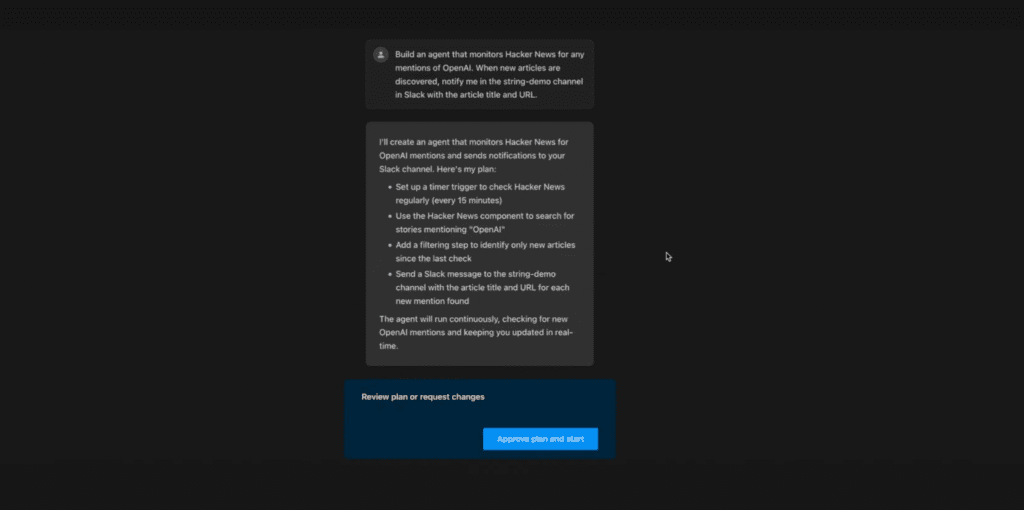
A next-gen text-to-agent automation platform that empowers users to build, run, edit, and deploy AI agents using simple natural language prompts. Ideal for developer-centric workflows, String translates your plain-English instructions into production-ready code, connects with thousands of APIs, and even offers live progress tracking, automatic testing, and self-debugging.
3. ReelFarm
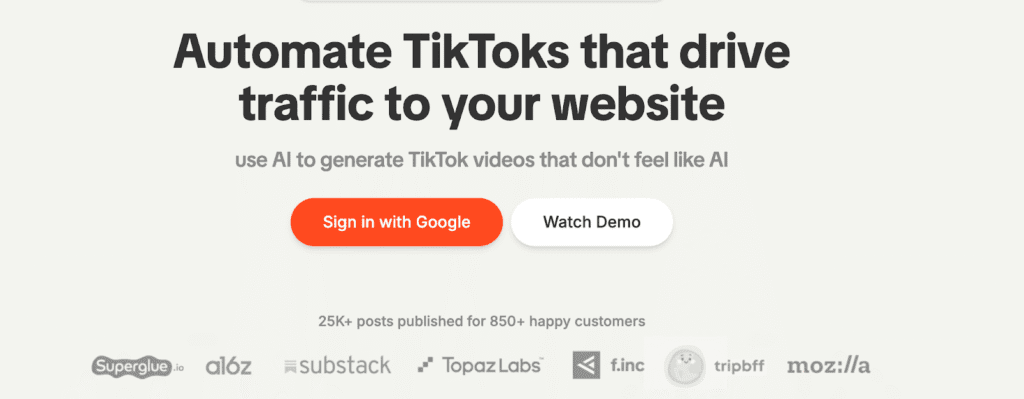
A streamlined AI-powered platform tailored for crafting quick, short-form UGC-style video ads, which are perfect for social media engagement. ReelFarm enables you to automatically generate AI avatars, produce engaging slideshow-style videos, schedule and publish directly to TikTok and YouTube, and utilize the AI Hook Generator.
4. Post Bridge
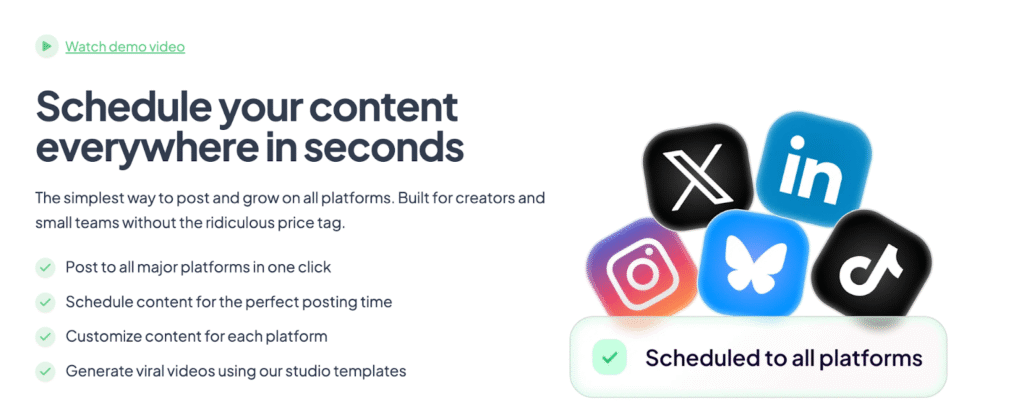
A lean yet powerful social media cross-posting and scheduling platform, perfect for creators and small teams looking to save time and stay consistent across multiple channels. With Post Bridge, you can post everywhere with a click. You can also customize captions and format for each channel to match platform-specific tone and style. Additionally, you can plan ideal post times, view and edit scheduled and published content from one central dashboard.
Vibe marketing is a shift in how brands connect with audiences. By blending design, interactivity, storytelling, and the right tools, brands can create digital experiences that feel alive rather than static. Whether it’s through immersive websites, automated campaigns, or interactive content, the goal is to make audiences feel something memorable.
With the tools mentioned above, marketers now have everything they need to build not just campaigns, but entire experiences powered by vibes.
Here are our other AI-related blogs, so you don’t just keep up with the future of marketing, but you help shape it:
- What is Vibe Marketing (Examples + Tools)
- Claude vs ChatGPT: Which is Better in 2025? (Marketing Perspective)
- Best AI Market Research Tools for Smarter Insights
FAQs
Vibe marketing is less about pushing a narrative or partnering with individual choices, and more about creating an overall feeling or cultural resonance that audiences naturally gravitate toward. While storytelling, influencer campaigns, and communities are components, vibe marketing unifies them. Here, people identify the energy of the brand rather than a single message or channel.
Traditional metrics like reach, engagement, and conversions matter, but vibe marketing success is better measured through sentiment analysis, repeat audience interactions, shareability, and the organic communities forming around your brand. It’s about whether your vibe spreads and sustains beyond the campaign itself.
Examples include brands like Duolingo leveraging quirky TikTok personas, or Gymshark building a community-driven fitness vibe. These cases show that it’s about crafting a recognizable cultural energy, not just running ads.
Yes. Common mistakes include chasing trends without authenticity, being inconsistent with your vibe across platforms, or ignoring audience feedback. Another big pitfall is over-relying on tools without anchoring them in human connection. The vibe must feel lived-in, not manufactured.
Disclosure – This post contains some sponsored links and some affiliate links, and we may earn a commission when you click on the links at no additional cost to you.
